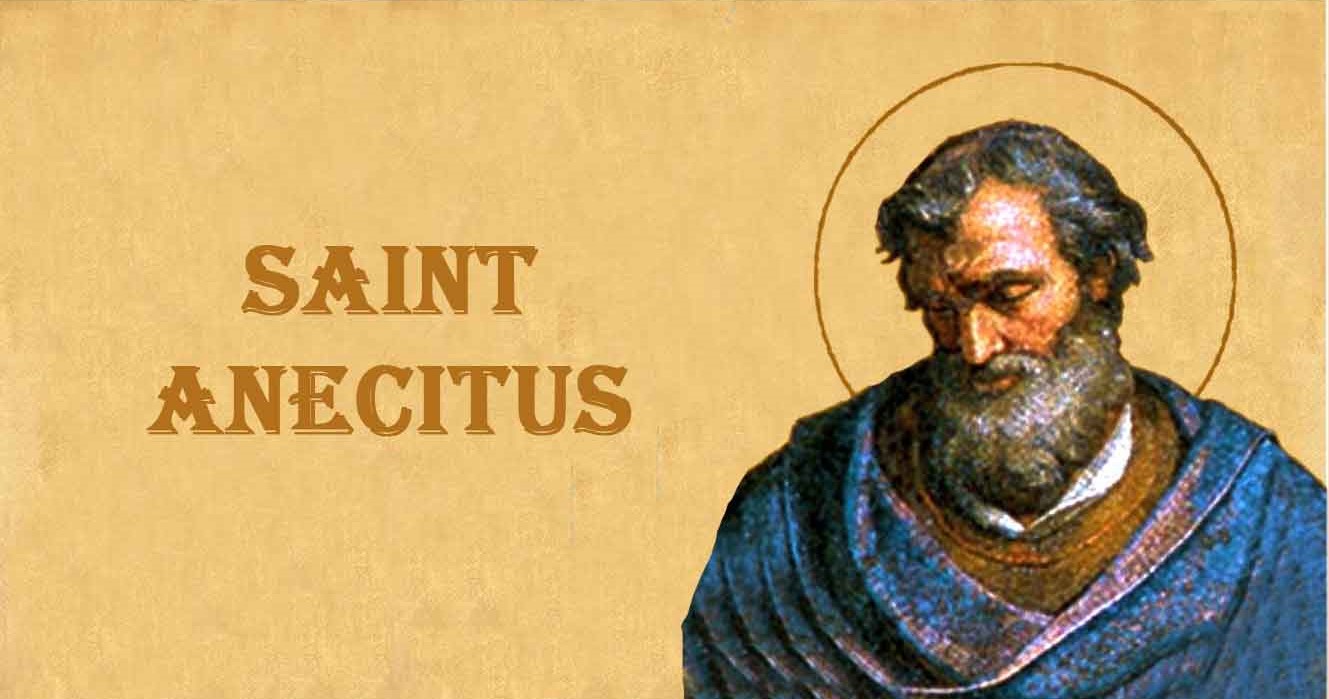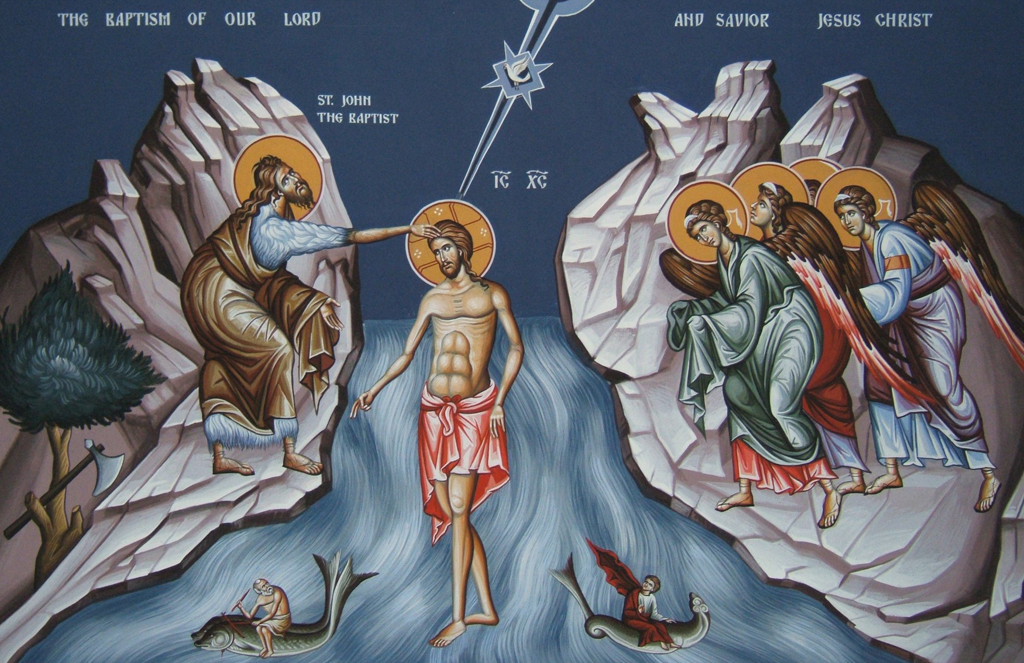Jose Mario O. Mandia
ST ANICETUS (150/157 – 153/168)
The 11th Pope in the official Vatican list is St Anicetus, born in Syria. Like the previous pontiffs, he actively fought against Gnosticism and Marcionism. He asked the clergy not to wear long hair, following St Paul (“Does not nature itself teach you that for a man to wear long hair is degrading to him?” – I Corinthians 11:14). It was during his pontificate that the controversy over the date of the celebration of Easter appeared. There were two traditions: one in the East, and another in the West. The Eastern Tradition followed St John and St Philip, who celebrated Easter on the 14th day of the Jewish month of Nisan. The reason is that it was on this day that Jesus had the Last Supper. In the West, however, following St Peter and St Paul, they celebrated the Resurrection of the Lord on the Sunday after the 14th day of Nisan. Although it was not the exact date on which the Last Supper was celebrated, nevertheless, it stressed the importance of Sunday as a commemoration of the Lord’s rising from the dead, because it was on the first day of the week (Sunday) when Jesus rose from the dead. Pope Anicetus followed the celebration of Easter according to the tradition of St Peter. During this time, St Polycarp, the bishop of Smyrna (cf Church Fathers, 5), disciple of St John went to Rome to appeal to the Pope to follow St John’s tradition. Neither one convinced the other, but the Holy Father graciously allowed him to continue celebrating on the 14th day of Nissan since it was not a matter of dogma but of discipline. He died a martyr and was buried close to St Peter’s tomb.
ST SOTERUS (162/168 – 170/177)
The 12th pope was born in Fondi (Italy). Caporilli says we can call St Soterus ‘The Pope of Charity’ (The Roman Pontiffs). Proof of this is a letter reported by Eusebius in his 4th-century Ecclesiastical History. The letter was written by St Dionysius, bishop of Corinth to the Romans, speaking about the material help that Rome had provided to poor communities and how Pope Soterus had even increased the amount that Rome was sending. The bishop of Corinth added that the Holy Father exhorted “with his blessed words the brethren who come to Rome, as a loving father would his children” (cf JS Brusher & E Borden, Popes through the Ages). Another significant detail in bishop Dionysius’ letter was his reference not only to the letter of Pope Soterus, but also to the letter that Pope St Clement had written to the Corinthians (cf Keeper, 7). Dionysius said that they will read in church the Holy Father’s letter “from time to time,” just as they would also read the letter that St Clement had written to them. Pope Soterus, moreover, reiterated the teaching that matrimony is a sacrament, valid only if blessed by a priest.
Pope Soterus was crowned with martyrdom and buried in the cemetery of Callixtus (Callixtus eventually became the 16th Roman Pontiff).
ST ELEUTHERIUS (171/177 – 185/193)
Eleutherius was born in Nicopolis, a city in Greece which, at that time, was the capital city of the Roman province of Epirus Vetus. It was during his pontificate that the heresy of Montanism arose. Montanus, its founder, argued that the Holy Spirit’s “inspiration and ecstasy should guide the faithful rather than the hierarchy, that martyrdom should be rashly sought, that marriage was wrong, and that Montanus was, if not the Holy Spirit himself, the authentic herald of the Holy Spirit” (JS Brusher & E Borden, Popes through the Ages, p 26). The erroneous doctrine that pits the Holy Spirit against the Church hierarchy has reappeared in recent times, when people distinguish between the charismatic church and the hierarchical church. The Church, however, has insisted recently that “the Spirit continually renews [the Church], builds her up, and guides her ‘with hierarchical and charismatic gifts’ (Second Vatican Ecumenical Council, Dogmatic Constitution Lumen Gentium, 4)” (Congregation for the Doctrine of the Faith, Letter “Iuvenescit Ecclesia” 14 March 2016). Charism and hierarchy are inseparable and complementary. The Montanist heresy reached the West in a diluted form, which is probably why it was not given much attention at the time. In the meantime, the Gnostics and Marcionites continued their proselytizing in Rome. Pope Eleutherius, like the previous two popes, also died a martyr and was buried close to the remains of Peter.


 Follow
Follow


